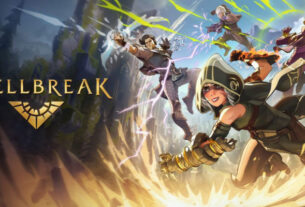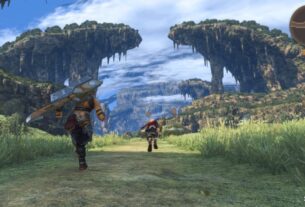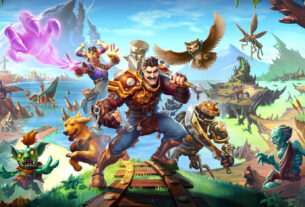
What is it? A fresh JRPG-inspired take on the Yakuza series.
Expect to pay £55/$60
Developer Ryu Ga Gotoku Studio
Publisher Sega
Reviewed on RTX 2080 Super, Intel i7-9700K, 16GB RAM
Multiplayer None
Out November 10
Link Official site
Playing a Yakuza game without series stalwart Kazuma Kiryu in the leading role takes some getting used to. But luckily for Yakuza: Like a Dragon, the seventh game in this long-running series of Japanese crime epics, it’s easy to warm to new hero Ichiban Kasuga. He has all the strength and determination of his predecessor, but with a goofy sense of humour, a wild haircut, and an endearing enthusiasm for everything he does—whether that’s taking on the might of the Korean mafia or employing a chicken to run a sweet shop.
Ichiban starts out as a low-level yakuza in Kamurocho, the Tokyo red light district that serves as the main setting for most of the Yakuza games. But after a series of unfortunate events, he ends up homeless in Yokohama, banished from his yakuza family, and betrayed by the person he trusted most in the world. Yakuza: Like a Dragon is about Ichi piecing his life back together, reckoning with his past, and beating a lot of people up along the way.
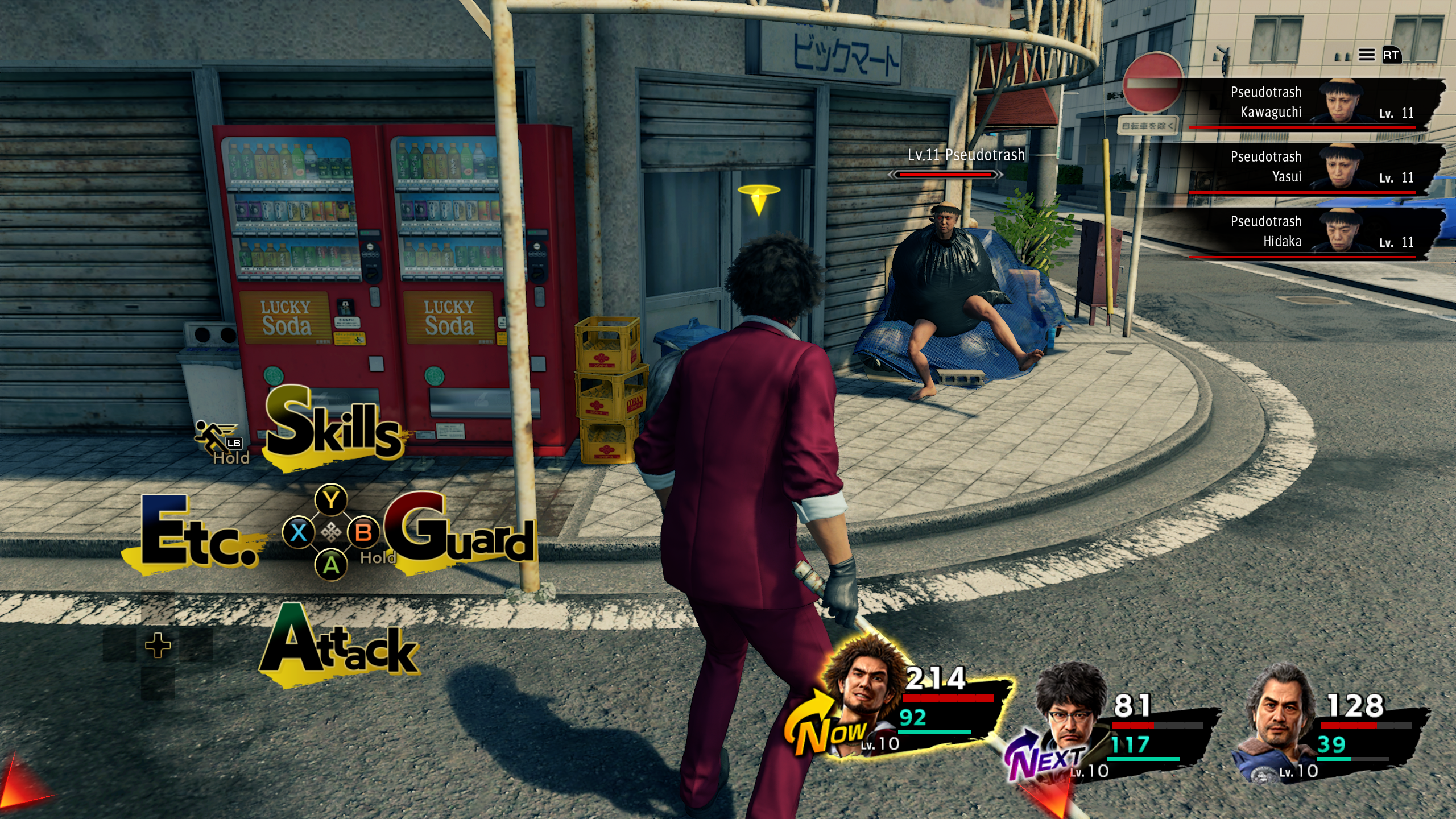
In many ways, this is a classic Yakuza game. It features an immersive, detailed urban Japanese setting filled with minigames, absurd sidequests, oddball characters, and karaoke bars. The story is an unlikely mix of criminal conspiracy, heartfelt melodrama, and slapstick comedy. And when a problem arises, it’s usually solved with outlandish violence. If you’ve played any Yakuza game before, its distinctive rhythms and quirks will be instantly familiar. There’s something comforting about how this series stubbornly resists change, even if it does mean it occasionally feels like it’s stuck in the past.
However, when it comes to the combat, this is anything but a typical Yakuza game. The combo-based brawling has been replaced by a new turn-based battle system. It’s pretty standard JRPG fare, with buffs, debuffs, status effects, and a mix of weapon-based and magic attacks. The vibrant presentation, superb animation, and lively pace make up for its simplicity, but selecting things from a menu does lack the satisfying brutality of a standard Yakuza fight.
When a problem arises, it’s usually solved with outlandish violence
There are some real-time elements. Hit the block button at the precise moment an enemy’s attack lands and the damage you take will be reduced. And the power of some abilities can be boosted by following QTEs. Overall, this is a pretty seismic change for the series, but the new turn-based battles do a good job of capturing the drama, excitement, and theatricality of Yakuza’s traditional combat. And if you can’t be bothered taking each turn manually, you can automate battles, choosing from AI presets to focus on aggression, healing, and so on.
The problem is, there’s far too much fighting. Yokohama isn’t as dense or storied as Kamurocho, despite being several times its size, but the developer’s knack for evocatively capturing the mundane details of everyday life in Japan is as strong as ever. I just wish I could enjoy the place at my own pace without running into large groups of enemies every thirty seconds and around every corner. Having to stop and fight near-constantly really dampens the immersion, and at times made me not want to explore the city at all.

In previous Yakuza games you’d frequently get stopped on the street by thugs looking for a fight, but the battles were over pretty quickly and quite seamless. Here, the endless transitioning in and out of turn-based battles really ruins the flow of exploration. You feel like you’re being interrupted, rather than these encounters being an organic part of the world. And the sheer volume of battles means the novelty of your party’s ludicrous special abilities soon wears thin, which in turn makes the combat incredibly repetitive.
This extends to the dungeons too. These maze-like collections of bland corridors are filled with unremarkable loot and non-stop battles, marking a real low point for the series. One in particular, a depressing slog through a labyrinth of identical-looking concrete tunnels, is so devoid of any pleasure I’m stunned it made it into the final game. I couldn’t help but laugh when, after finally escaping this dreary place, the game told me I could return whenever I wanted to farm XP and fight rare enemies. Thanks, but no thanks.
Endless transitioning in and out of turn-based battles really ruins the flow of exploration
It’s a shame, because when the combat isn’t grinding you down, Like a Dragon has moments of brilliance. I love hanging out with my party between missions, singing karaoke, bullshitting, and knocking back beers in Yokohama’s many dive bars. The characters are as colourful and interesting as you’d expect from the series—especially Nanba, a tough but kind-hearted homeless guy who gets some of the game’s funniest lines. And I must admit, as contrived and reeking of fan service as some of the cameos from classic Yakuza characters are, one had me punching the air.
I also have to give the developer credit for the enemy design. The fact that most of what you’re seeing in battle is happening in Ichi’s fevered, RPG-obsessed imagination has given the developer a huge amount of creative freedom—which means you’re no longer battling hordes of identical thugs and yakuza. Enemies include chefs, greasers, cultists, flashers, otaku, and dancing weirdos disguised as garbage bags. And when you defeat an enemy they’re added to a fun Pokédex-inspired app on your smartphone called a Sujidex.
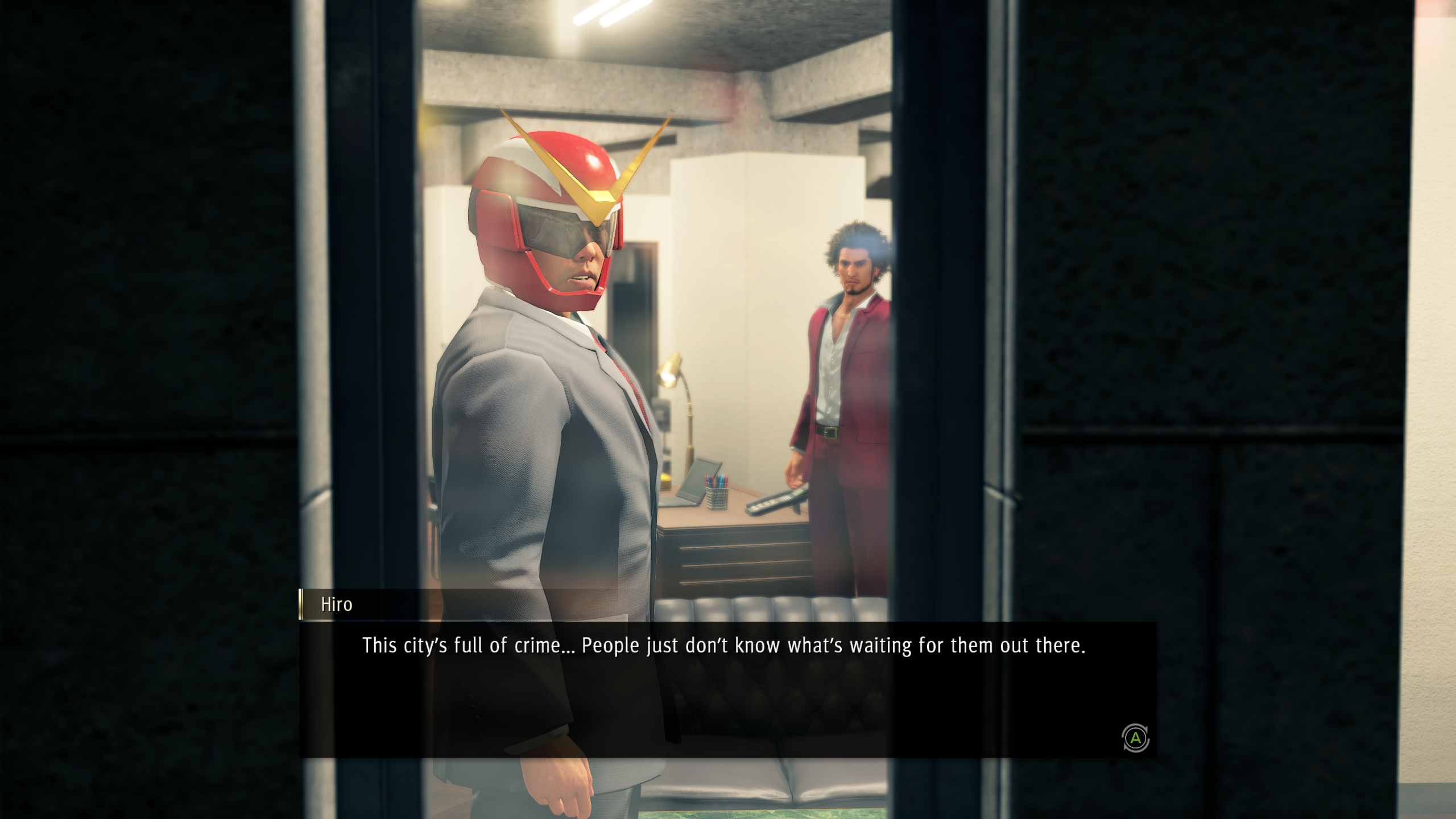
The Yakuza games have always told great stories, but Like a Dragon lacks the thrill and focus of Yakuza 0, which remains the highlight of the series. There are some standout scenes, especially in the first few acts. Ichiban crawling out of the gutter and trying to make a name for himself in Yokohama, with Nanba and a grouchy ex-cop called Adachi in tow, are some of the best moments in the game. But the overall narrative is quite weak, with a meandering pace and some slightly ridiculous (even for Yakuza) twists towards the end.
For returning Yakuza players, Like a Dragon ties up some of Yakuza 6’s loose ends. But otherwise this is a completely new, standalone story, which makes it a convenient entry point for series newcomers. However, between the disappointing story and the repetitive combat, I still think Yakuza 0 is the best introduction to these games. Like a Dragon captures some of that very particular brand of Yakuza magic, but not all of it. Still, if six games’ worth of dense storytelling sounds like too much (especially with only three of them currently available on PC), this is your chance to skip over it all.
Like a Dragon is one of the most uneven Yakuza games in the series. A lot of the time you can’t help but get swept up by its eccentric charm, likeable characters, and moments of warmth and absurdity. Then, at other times, you’re praying for the turn-based battles to end as you traipse through yet another series of boring, identikit corridors. Nanba throwing beans at an enemy, causing a flock of scruffy crows to peck them to death, was funny the first ten, maybe twenty, times. But the five hundredth? Not so much.
Read our review policy
A fun, charming, and occasionally brilliant Yakuza game, let down by an overabundance of repetitive turn-based battles.

